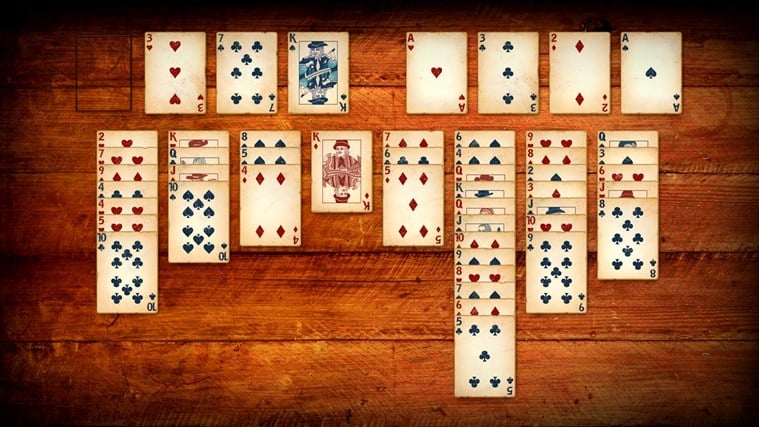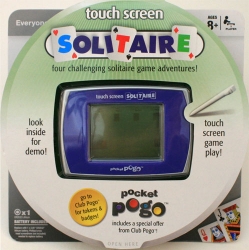

The game that most of us who grew up with Windows Solitaire think of as “solitaire” is technically a solitaire variant called “Klondike.” (Some quick terminology: Any one-player card game is called “solitaire.”) But after the success of the original solitaire program, Microsoft quickly added other solitaire variants alongside it, beginning with the puzzle-like Free Cell and continuing with the tricky untangling web of Spider.

Instead of five-course meals, Microsoft provided ludic snacks suited to busy lives and limited attention spans. an expansion of the demographics that were playing games, accomplished not by making parents and office workers suddenly fall in love with the massive, time-consuming science-fiction or fantasy epics upon which most of the traditional computer-game industry remained fixated, but rather by meeting them where they lived. The games of Windows became a vital part of. Dragging a black six to rest under a red seven, working inexorably toward clearing the board, served as many people’s introduction to computer gaming, Maher argues. Throughout the ’90s, the one-player card game offered a quick and easy break for bored office workers, procrastinating students, and insomniacs staring at the computer until all hours of the night. Historian Jimmy Maher has estimated that Windows Solitaire - first released with Windows 3.0 in 1990 - is likely the most-played computer game ever made. For many boring reasons, I decided to get a Dell PC, rather than a Macbook, and when I first booted it up, I was greeted with a familiar old friend I hadn’t thought about in ages: Microsoft Solitaire Collection. A couple of months ago, I bought a new computer for personal use for the first time in ages.


 0 kommentar(er)
0 kommentar(er)
